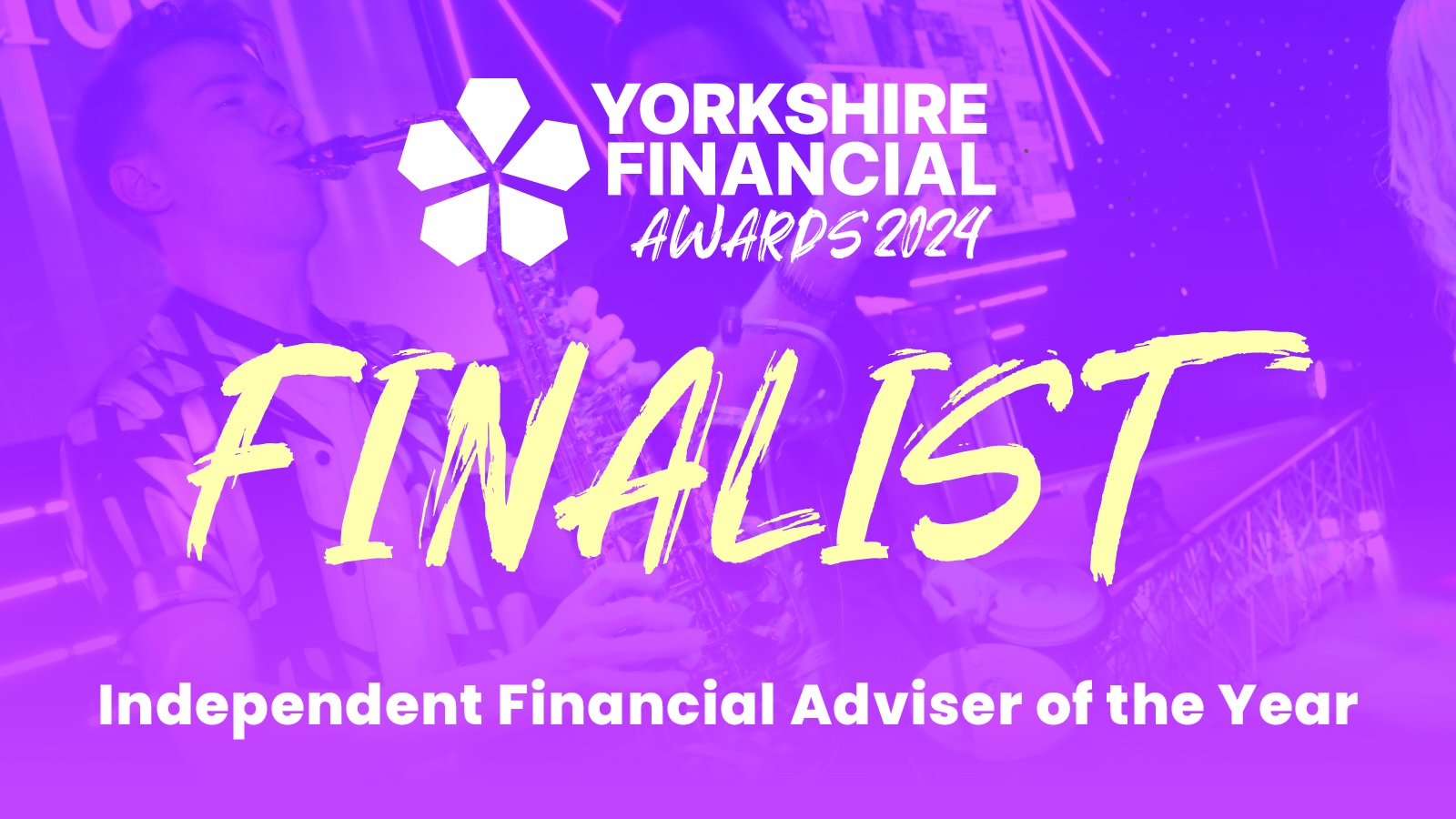Over a year and a half ago, a digital revolution introduced a new way for people to handle their money: open banking. All of a sudden at the touch of a button, you could compare household bills, control direct debts and track payments across each of your bank accounts.
Consumers can now provide their consent to allow for financial transaction data to be accessed without requiring them to give their personal login credentials to a third party. The government backed the new development with the aim of bringing more competition to the marketplace.
Specifically, the law requires UK banks to share their current account holder data through application programming interfaces (APIs). APIs are an integration technology that allows for different forms of software to communicate effectively with one another. They have a plethora of benefits and can be utilised in a number of valuable ways. In the finance sector, the main focus is on providing consumers with products better suited to their individual needs.
However, despite the initial buzz during the launch, public awareness has remained relatively low. According to a survey conducted by banking software developer Splendid Unlimited, only one in four people had heard of open banking in 2018 and one in five people who had heard of open banking said they knew what it actually was.
What’s out there?
Countless apps exist that can revolutionise the way we deal with our finances. Most high street banks now have apps that enable you to view all your accounts in one place, HSBC even goes a step further with their Connected Money app, which allows their customers to include the accounts they’ve opened with competitors in order to create a more convenient overall picture of their finances. There are also third party apps such as Yolt that give you oversights into your ingoings and outgoing while other apps like Bean enable you to compare deals on household bills, cancel subscriptions and track payments across all of your accounts.
There are apps for debt management, investment, retirement, credit analysis and more. Open banking can be seen to be fully embracing Apple’s famous 2009 slogan: ‘There’s an app for that.’
Risky business
According to research conducted by PwC, over 64% of adults are expected to have signed up to open banking driven services by 2022. However the research found that customers are slow to adopt due to concerns over companies they aren’t familiar with having access to their personal financial details.
Open banking came at a time when banks were becoming synonymous with poor digital security. Though many open banking supporters are seeking to dispel these concerns by maintaining data security.
Experts have determined that if open banking provides returns on investment, maintains trust and continues to respect the data of its users, then the mass adoption of budgeting apps and digital money assistants may happen sooner than we think.
Though the industry may be seen to be still finding its feet, if customers are educated on the safety of their data and the value open banking provides, banks and app providers may be able to build that vital trust that pushes the open banking revolution into the next stage.
For more insight into open banking and how it might help you, don’t hesitate to get in touch.






